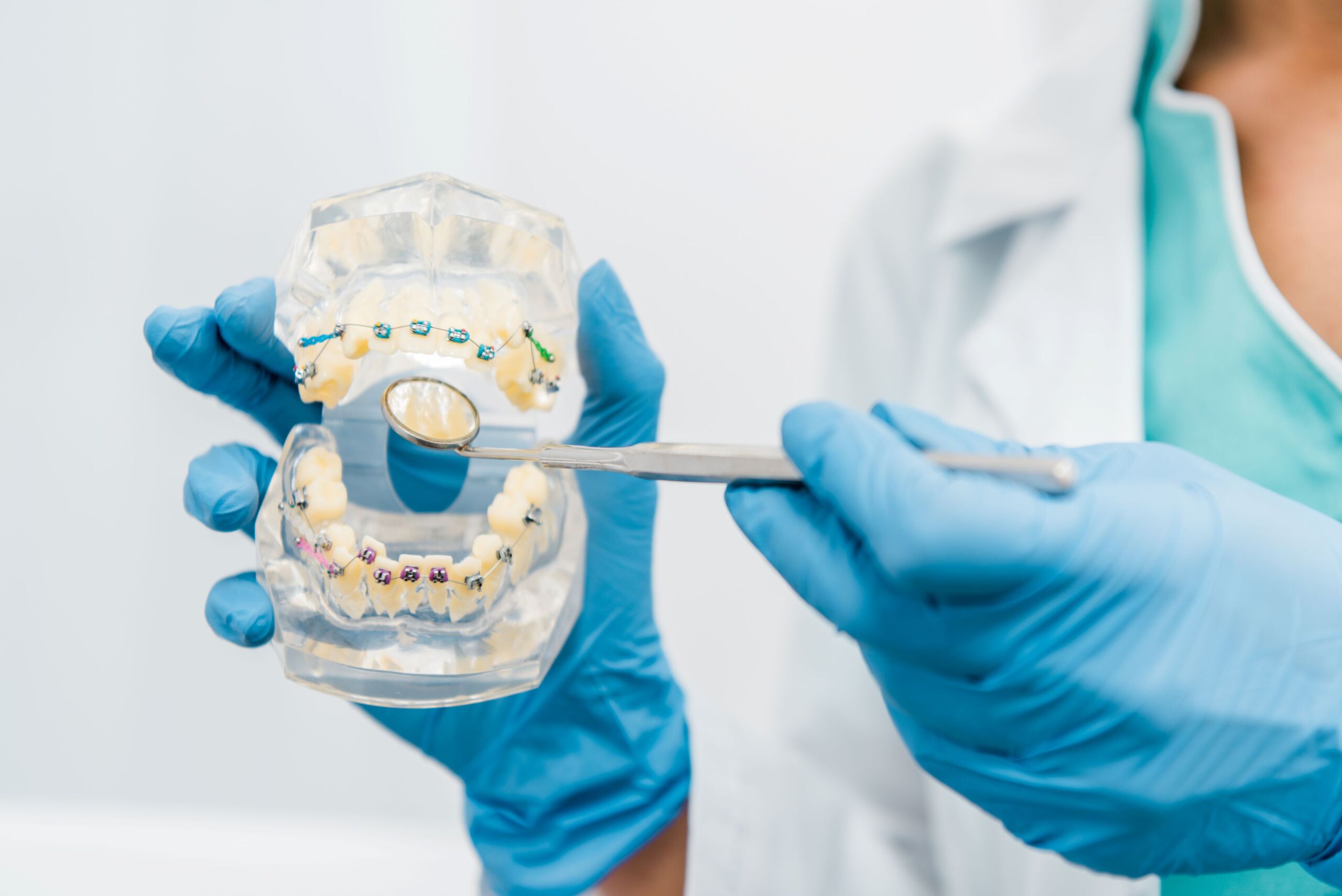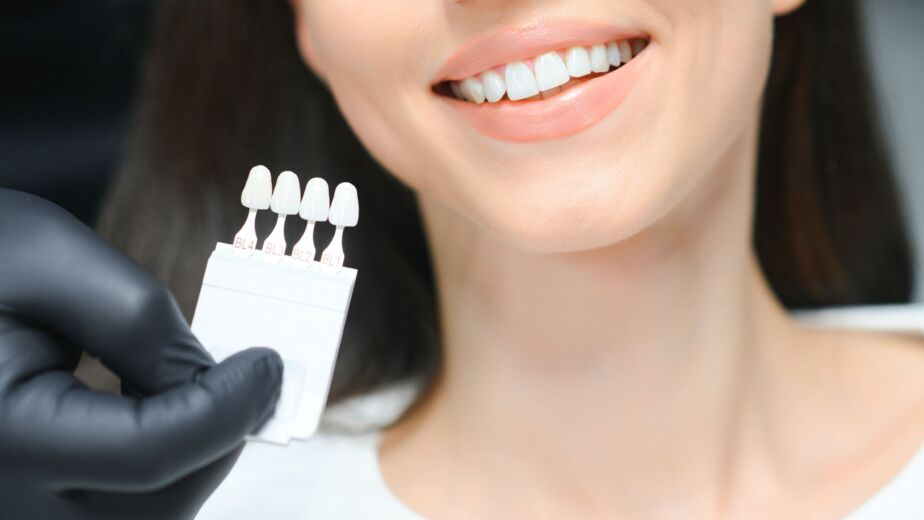A confident smile isn’t only about aesthetics—it’s a daily boost of ease, comfort, and self-assurance. If you’ve ever hidden your smile in photos or avoided biting into an apple because your teeth don’t meet quite right, you’re not alone. Many people hear Orthodontics and instantly think “metal braces,” but modern care is far more flexible, discreet, and precise than it used to be. Today’s orthodontic treatment blends digital planning with gentle, controlled tooth movement to improve how your teeth look and how your bite functions. In this guide, we’ll break down what Orthodontics is, who can benefit, how treatment works, and what to expect—without the jargon and without the heavy sales pitch. Just honest, practical guidance to help you make a smart decision.
What is Orthodontics?
Orthodontics is a specialty within dentistry focused on diagnosing, preventing, and treating problems related to tooth alignment and jaw position. Common issues include crowding, spacing, overbite, underbite, crossbite, and open bite. The aim is to guide teeth and jaws into healthier positions, making your bite more efficient and your smile more harmonious.
Beyond cosmetics, aligned teeth are easier to clean, which supports gum health and reduces the risk of tooth decay. A balanced bite spreads chewing forces more evenly, helping protect teeth from premature wear and easing strain on the jaw joints and facial muscles.
Who Can Benefit from Orthodontics?
If you’re wondering whether Orthodontics is “for kids only,” here’s the good news: healthy teeth can move at almost any age. Children, teens, and adults can all benefit. You might be a good candidate if you notice any of the following:
- Teeth that overlap, twist, or crowd together
- Gaps that trap food or affect speech
- Difficulty chewing or frequent biting of the cheeks
- Jaw discomfort, popping, or a feeling that your teeth “don’t fit”
- Excess wear on certain teeth or repeated chipping
Even if your concerns feel purely cosmetic, there may be functional reasons behind them. An orthodontic evaluation helps reveal the full picture and the safest path forward.
Treatment Options (Yes, You Have Choices)
Modern Orthodontics offers a spectrum of solutions tailored to your lifestyle and clinical needs:
1) Metal braces
Time-tested, durable, and highly effective—even for complex cases. Today’s brackets are lower-profile than older styles.
2) Ceramic (tooth-colored) braces
Similar mechanics to metal braces, but they blend with your teeth for a less noticeable look.
3) Lingual braces
Placed on the back (tongue side) of your teeth. They’re nearly invisible from the front, though they may require a short adaptation period for speech and eating.
4) Clear aligners
Removable, transparent trays worn most of the day. They’re discreet and convenient for eating and brushing, and are suitable for many mild to moderate cases. With careful planning, aligners can also manage more complex movements.
In Orthodontics, treatment choice depends on more than looks. Specifically, your orthodontist will weigh your goals and your commitment (for example, aligners must be worn 20–22 hours a day). Therefore, they’ll recommend the option that offers the most predictable outcome.
The Orthodontic Journey, Step by Step
1) Comprehensive assessment
A thorough exam typically includes photos, X-rays, and sometimes a 3D scan. This creates a baseline and reveals what’s happening with the roots and jaws—not just the visible teeth.
2) Digital treatment planning
One of the biggest advances in Orthodontics is precision planning. Software simulates tooth movement and helps forecast potential outcomes, allowing your clinician to map the safest sequence of steps.
3) Start of active treatment
Whether it’s braces or aligners, you’ll receive clear instructions on wear time, cleaning, and dietary adjustments. Early days can bring mild tenderness; this usually eases within a few days.
4) Regular reviews
Follow-up visits keep your case on track. Small adjustments compound over time, and your consistency with appointments helps keep the overall timeline on schedule.
5) Retention (the “lock-in” phase)
When your teeth reach their new positions, retention holds them there while the surrounding bone and soft tissues stabilize. Retainers can be removable (night-time wear) or fixed (thin wires on the back of teeth). Skipping retention risks relapse.
Timeline and Cost: Setting Realistic Expectations
Treatment time varies with the complexity of your case, biological factors, and your cooperation. Roughly:
- Mild cases: ~6–9 months
- Moderate cases: ~12–18 months
- Complex cases: 18+ months
Cost depends on the type of appliance, length of treatment, and the number of visits and scans involved. When comparing, look beyond the headline number. You’re investing in both function and confidence—benefits that tend to last for years. Asking for a clear, written plan with goals, milestones, and retention details will help you evaluate value, not just price.
Everyday Care During Treatment
Even the best-planned Orthodontics needs your daily support:
- Oral hygiene: Use a soft toothbrush and pay attention to the gumline. If you have braces, floss threaders or water flossers are helpful; if you have aligners, clean them as directed and brush before reinserting.
- Diet: Sticky sweets and very hard foods can damage braces; with aligners, remove trays to eat and avoid hot beverages when aligners are in.
- Sports & grinding: Wear a mouthguard to protect your teeth and appliances. If you grind at night, tell your clinician—there may be adjustments to your plan or retainer choice.
- Follow instructions: Especially with aligners, consistent wear keeps each movement on schedule.
Orthodontics for Adults
It’s never too late to feel at home in your smile. Adult Orthodontics prioritizes discretion and efficiency, using ceramic brackets, lingual braces, or clear aligners to fit your professional and social life. Adults sometimes present with restorations (crowns, implants) or periodontal considerations; a coordinated plan between your orthodontist and general dentist can safely guide tooth movement while protecting existing work and gum health.
Early and Interceptive Care for Children
Early assessments (often around age 7) help spot developing issues with jaw growth or tooth eruption. Interceptive Orthodontics can simplify later treatment by creating space, guiding jaw development, or correcting harmful habits. Not every child needs early intervention—but when it’s recommended, it’s typically because brief, well-timed steps now can prevent bigger, longer treatments later.
The Value of Retention (Don’t Skip This Part)
Because teeth are anchored in living bone and surrounded by elastic tissues, they can gradually drift over time. Consequently, you need to “hold the win” with retention. Specifically, retainers—removable or fixed—keep new positions stable while the surrounding bone and gums adapt. In practice, that means long-term night-time wear; moreover, periodic checks help ensure the fit stays accurate. Additionally, consistent retainer hygiene prevents warping and odors that could undermine results. Ultimately, think of retention not as an add-on but as the final chapter of Orthodontics that protects your investment. In other words, treatment moves teeth; retention makes the result last.
Safety, Comfort, and What You Might Feel
Most people experience mild pressure or tenderness for a day or two after adjustments or switching to a new aligner. Over-the-counter pain relief and a soft-food day or two usually help. Irritation from brackets can be soothed with orthodontic wax. If something feels sharp or a bracket comes loose, contact your clinic; small fixes prevent bigger detours.
How to Choose the Right Clinic
Look for a team that listens first and treats second. A strong Orthodontics partner should provide:
- A comprehensive diagnosis (with images you can understand)
- A clear plan, including estimated timelines and what success looks like
- Options tailored to your lifestyle (not a one-size-fits-all approach)
- Transparent fees and what’s included (emergencies, refinements, retainers)
- Thoughtful retention planning from day one
At Birgul Klinik, we treat Orthodontics as a personal journey, not a template. From digital planning to friendly guidance at every step, our focus is on safe, predictable results that feel as good as they look.
Explore your options or book a consultation: Orthodontics at Birgul Klinik
Orthodontics FAQ
Not typically. Expect temporary tenderness after adjustments or new aligners. It usually fades within 48–72 hours.
For many mild to moderate cases, yes—provided you wear them as directed. Complex movements may need braces or a hybrid plan.
Usually every 4–8 weeks for braces and every 6–10 weeks for aligners, depending on your plan and progress.
Clear aligners have minimal impact; lingual braces can require a short adaptation period. Most people adjust quickly.
Plan on long-term night-time wear. Retention is essential to keep your hard-earned result stable.
Trusted Orthodontics Resources
If you like to double-check claims or want to dive deeper, the American Association of Orthodontists offers patient-friendly explanations on treatment options, safety, and retention. It’s an excellent, neutral resource while you compare plans and clinics: American Association of Orthodontists
Bottom Line
Orthodontics is about much more than straight teeth. It’s a way to improve oral health, ease daily function, and boost your confidence for years to come. With today’s technology—digital planning, discreet appliances, smarter retention—treatment is more comfortable and customizable than ever. Whether you’re a parent exploring early care for a child or an adult finally prioritizing your own smile, you deserve a plan that fits your life and delivers results you can trust.
Ready to take the first step? Start with a friendly, no-pressure assessment and leave with a clear roadmap—not just for a straighter smile, but for a healthier one, too.
Discover Orthodontics at Birgul Klinik



